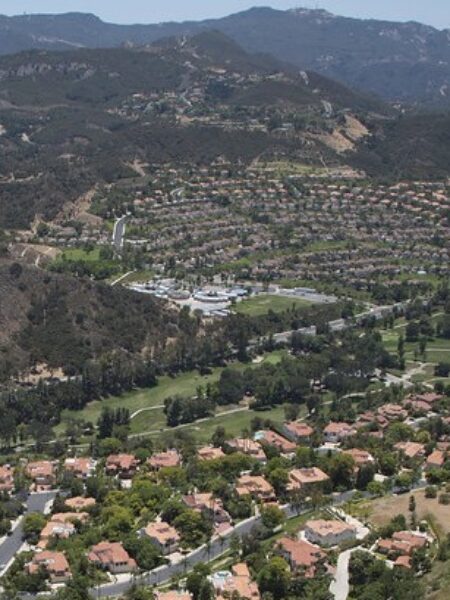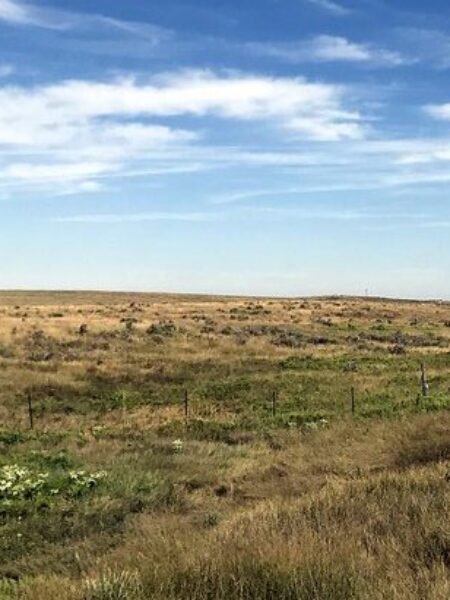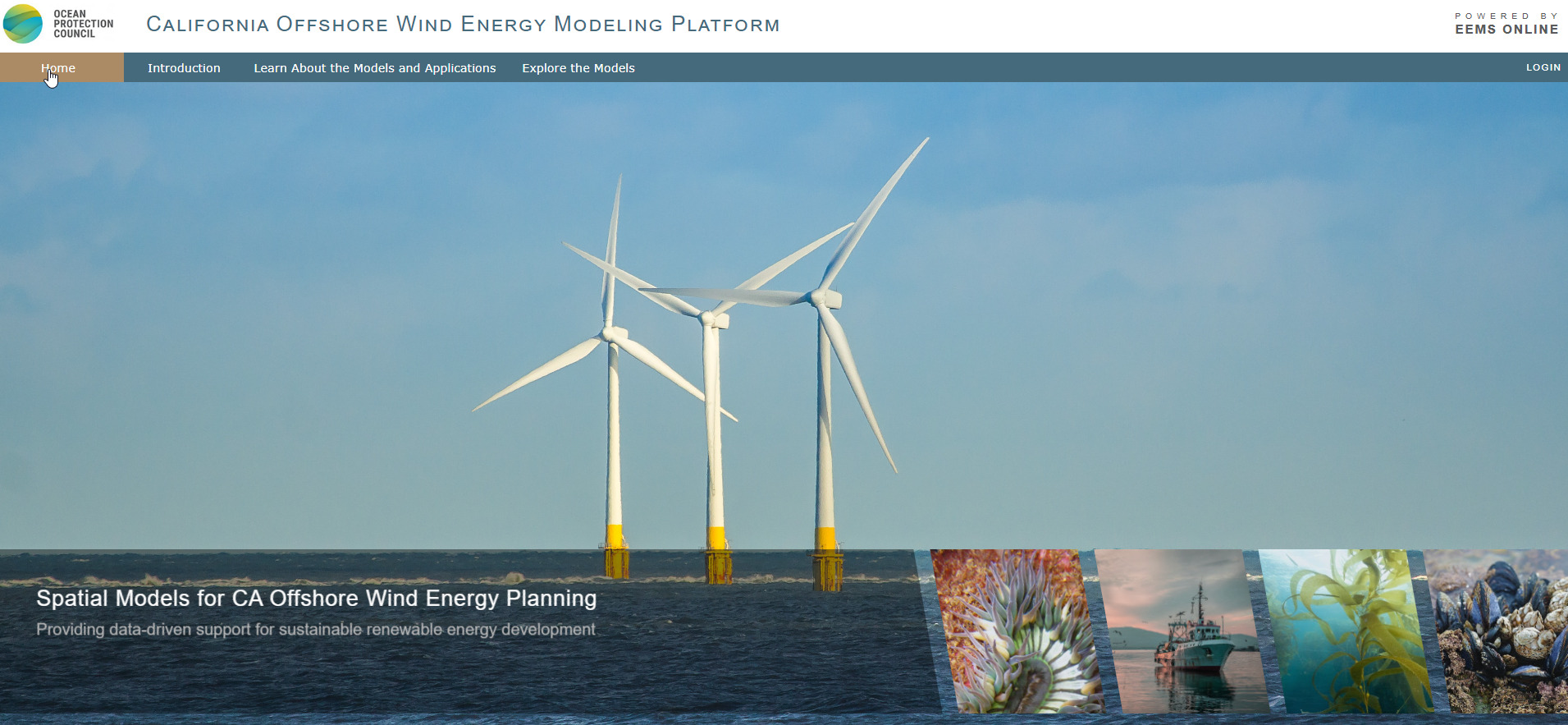featured Project in
Supporting Least-Conflict Solar Siting on the Columbia Plateau, Washington
CBI is providing the science and mapping for a collaborative effort led by the Washington State University Energy Program to identify least-conflict locations for solar energy development on the Columbia Plateau.







